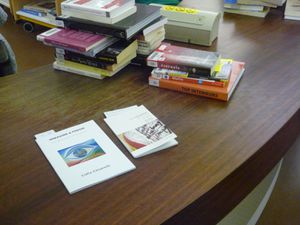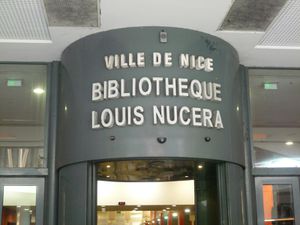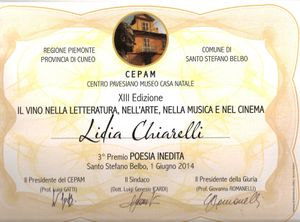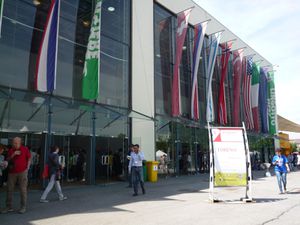"IMMAGINE & POESIA" à la Bibliotèque Municipale de Vallauris Golfe-Juan
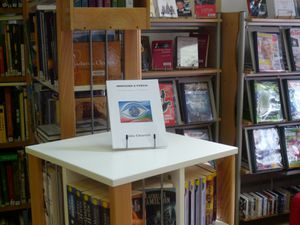
Bibliothèque Municipale
La bibliothèque municipale de Vallauris Golfe-Juan est installée dans les locaux de l’ancienne mairie de Vallauris où eut lieu le mariage dePicasso avec Jacqueline Roque le 2 mars 1961
http://www.vallauris-golfe-juan.fr/-Bibliotheques-.html?lang=fr
The Public Library of Vallauris Golfe-Juan is located on the premises of the former Town Hall of Vallauris where the marriage of Picasso and Jacqueline Roque took place on March 2, 1961

/image%2F1377362%2F20240422%2Fob_f66ace_marshasolomon-gardenwalk.jpg)
/image%2F1377362%2F20240404%2Fob_3ee7b0_428057976-1932858063778497-10704261794.jpg)
/image%2F1377362%2F20240308%2Fob_a7bd70_thanh-thuong.jpg)
/https%3A%2F%2Fassets.over-blog.com%2Ft%2Fdelicate%2Fimages%2Fheader%2Fheader.jpg)
/image%2F1377362%2F20230917%2Fob_a3ea39_lidia-pp.jpg)
/image%2F1377362%2F20230720%2Fob_42c186_amilcare-solferini-french.jpg)
/image%2F1377362%2F20230708%2Fob_dbc16d_anna-keiko.jpg)
/image%2F1377362%2F20230529%2Fob_ed20ba_montanaro-targa-ld.jpg)
/image%2F1377362%2F20230529%2Fob_506329_c-cavaglia-caterina.jpg)
/image%2F1377362%2F20230217%2Fob_69efbf_anna-keiko.jpg)


